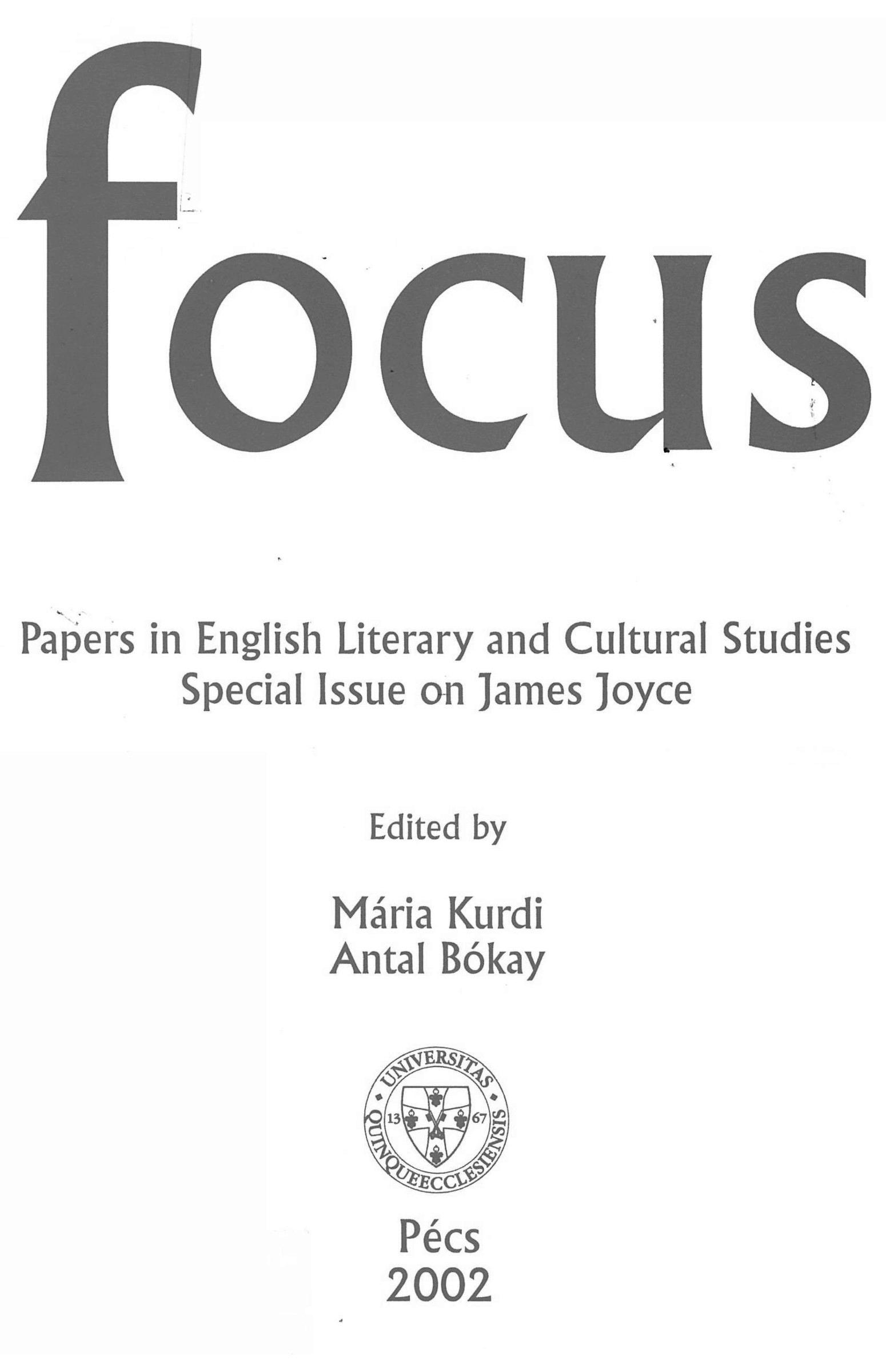The Odyssey of the Body: James Joyce’s Ulysses and the Act of Writing in “Proteus”
Abstract
Ulysses draws heavily upon the corporeal aspects of creation, utterance and language, incorporating and imitating the functions of a living body. Joyce conjoined his text with the functions of certain organs, “jocoserious[ly]” (Ulysses 17: 369) resorting to science and physiology. His ironic view ofscience and medicine, which, along with other fields ofthought, he parodically incorporated within his work, alerts us to the psycho-physiological aspect of his narrative. He characterized his prose for example as “peristaltic” or as conditioned by the “loco-motor ataxia” of the hypothalamus in the “Lestrygonians” and the “Circe” episodes respectively. Moreover, he indicated the essentially textual nature of these parallels through his tables of correspondences, namely the Gilbert and the Linati schemata. Joyce forges his work as self-contained as a human body. As he related to Carlo Linati, Ulysses is:
"the epic oftwo races (Israel-Ireland) and at the same time the cycle of the human body as well as a little story of a day (life). [. . .] My intention is not only to render the myth sub specie temporis nostri but also to allow each adventure (that is every hour, every organ, every art being interconnected and interrelated in the somatic scheme of the whole) to condition and even to create its own technique. Each adventure is so to speak one person although it is composed ofpersons—as Aquinas relates ofthe heavenly hosts." (Ellmann, Selected Letters 271)
Downloads
Published
How to Cite
Issue
Section
License

This work is licensed under a Creative Commons Attribution-NonCommercial-NoDerivatives 4.0 International License.
FOCUS: Papers in English Literary and Cultural Studies follows the principles laid down by Creative Commons, which provides guarantees for the Author’s copyright while also ensuring that intellectual properties are made available for the wider public in a digital form. All papers submitted to the journal apply the following licence conditions (indicated on the journal’s website as well as in individual publications):
“© This work is licensed under a Creative Commons Attribution-NonCommercial-NoDerivatives 4.0 International License.”
You are free to:
- Share, copy and redistribute the material included in the journal in any medium or format under the following terms:
- Attribution — You must give appropriate credit to the Author, and indicate the original place of publication [FOCUS: Papers in English Literary and Cultural Studies, Issue nr., page numbers.].
- NonCommercial — You may not use the material for commercial purposes.
- NoDerivatives — You are not allowed to remix, transform, or build upon the material.
- The above conditions must always be indicated if the journal material is distributed in any form.
- The above conditions must always be met, unless a written permission signed by the Author and the Editor-in-Chief states otherwise.

